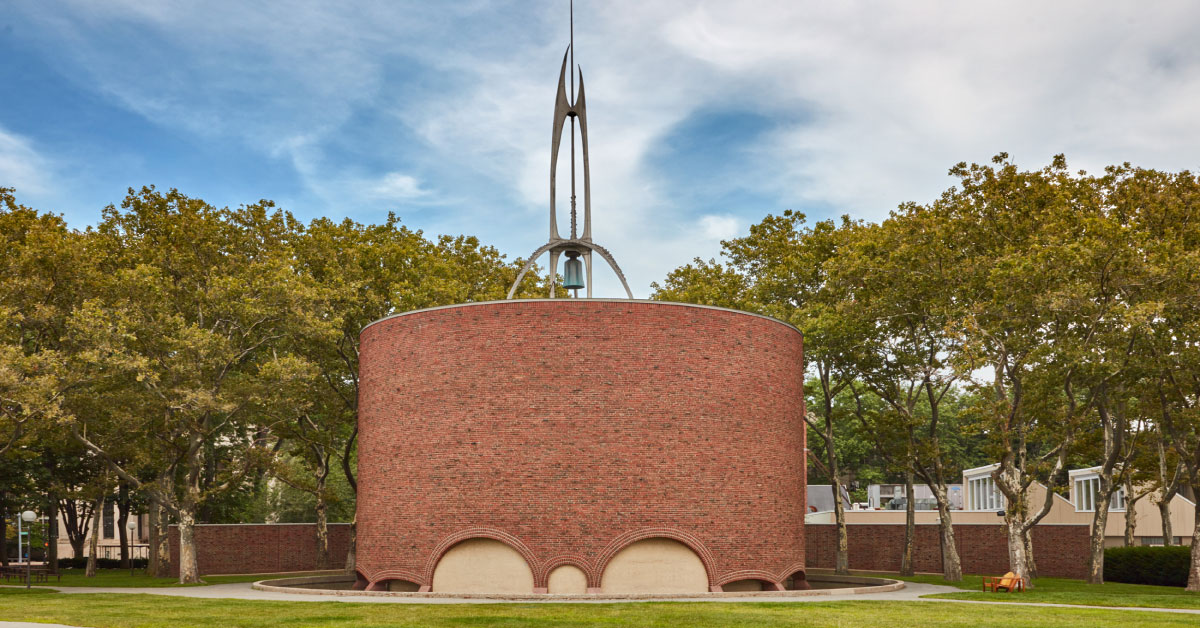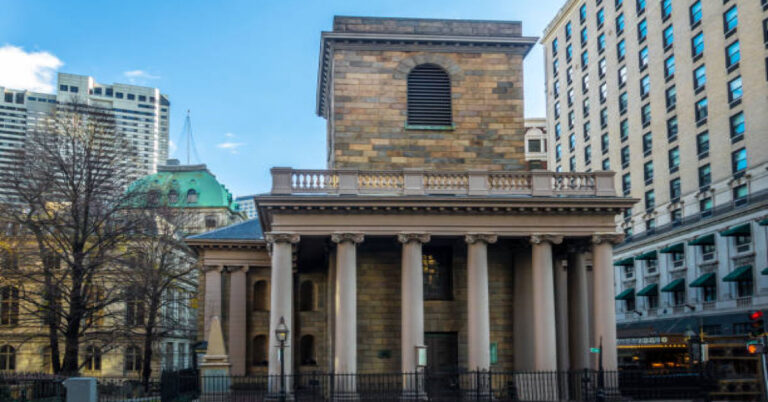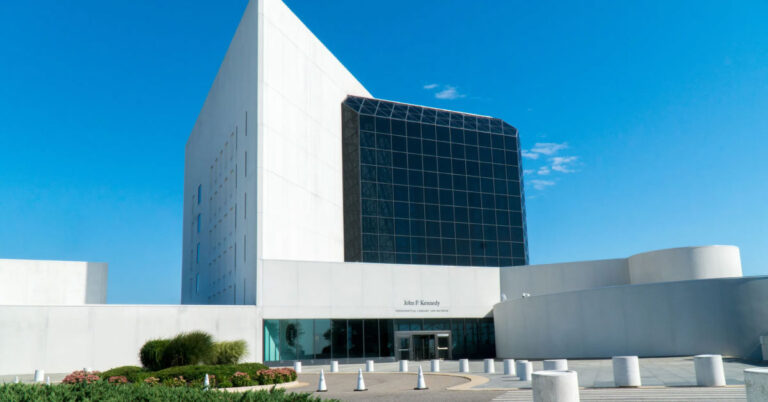Located at the heart of the Massachusetts Institute of Technology (MIT) campus in Cambridge, Massachusetts, stands a small yet powerful structure that has captured the hearts and minds of students, faculty, and visitors alike – the MIT Chapel. Designed by renowned architect Eero Saarinen, this ethereal house of worship serves as a place for reflection, contemplation, and spiritual renewal amidst the bustling atmosphere of one of the world’s leading technological institutes.
A Symbolic Creation
The MIT Chapel was built in 1955 as part of an architectural plan to create a central focal point on campus. The chapel was commissioned by Philip Johnson, then head of MIT’s Department of Architecture. He envisioned the chapel to be a space that represented the spiritual and emotional needs of the MIT community while also maintaining the institute’s dedication to cutting-edge design and innovation. Saarinen was chosen for his ability to merge both traditional and modern elements in his architectural designs.
A Unique Design
The chapel’s exterior is characterized by its striking triangular shape, described as a “folding tent.” This unique feature allows natural light to filter into the interior, creating an ever-changing play of light and shadows throughout the day. The interior is composed of white marble walls and floor, with a suspended metal ceiling that enhances the feeling of openness and weightlessness.
Spiritual Significance
The MIT Chapel serves as a place of worship for various religious faiths on campus, as well as a space for meditation and quiet reflection. Despite its non-denominational nature, the chapel’s design holds symbolic solid meaning. The triangular shape represents the Holy Trinity in Christianity, while the marble walls symbolize purity and transcendence.
A Place of Inspiration
Beyond its spiritual significance, the MIT Chapel is also known for inspiring generations of students and artists. Its unique design has been studied and praised by architects worldwide, making it an iconic structure in architectural history. The chapel has also served as a venue for concerts and lectures on art and architecture, further solidifying its role as a source of inspiration for creativity and innovation.
The MIT Chapel stands not only as a beautiful architectural design but also as a powerful symbol of the intersection between science, spirituality, and human creativity. It continues to be a place of solace and inspiration for the MIT community, and its impact stretches far beyond the campus walls. As we reflect on the chapel’s history and significance, we are reminded that true innovation is not just about technological advancements but also about embracing the beauty and depth of human expression in all forms.












